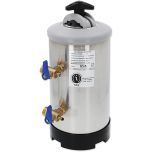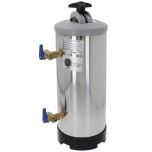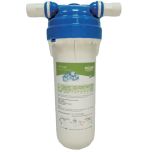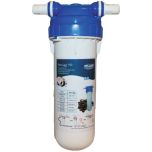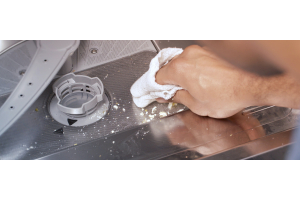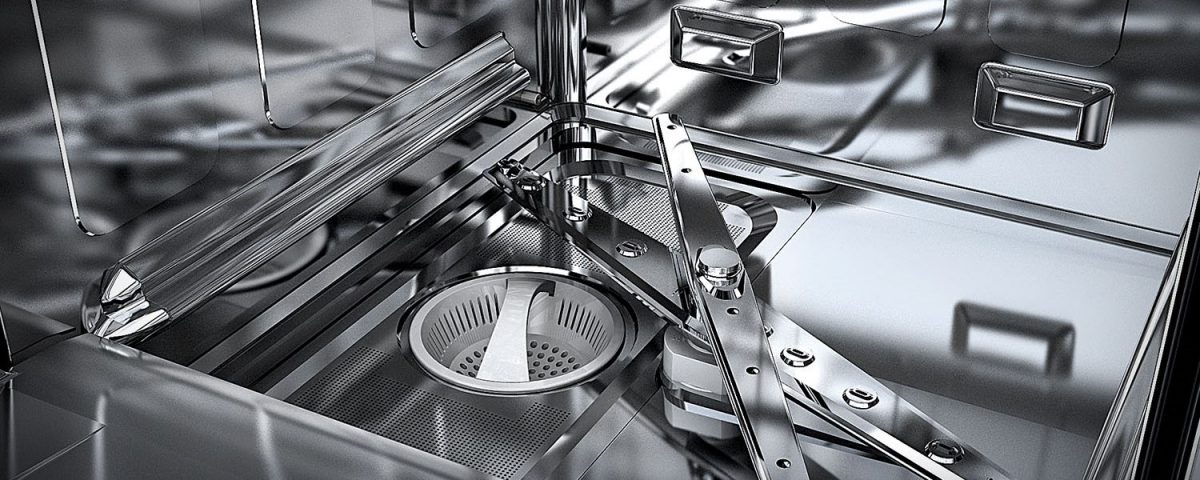
Your dishwasher is an indispensable asset in your kitchen, ensuring clean plates for your customers is as crucial as serving a perfectly cooked meal. However, the build-up of limescale in your machine can jeopardize your business's hygiene rating. Limescale accumulation, particularly around the heating element, hampers the dishwasher's performance and its ability to reach high temperatures necessary for effective cleaning.
Identifying Limescale Build-Up
Limescale manifests as a white film on dishes, caused by mineral deposits accumulating over time. One primary contributor to limescale build-up is the hardness of water, influenced by minerals like calcium and magnesium. As water evaporates during the hot cycle, it leaves behind calcium carbonate deposits, forming limescale. Water hardness varies depending on the region, and assessing your water's hardness level is crucial for effective maintenance.
Preventing Limescale Build-Up
In areas with hard water, installing a water softening system is highly recommended. This system removes calcium, magnesium, and other ions from the water, ensuring cleaner dishes and a more efficient dishwasher. Additionally, regular maintenance practices are essential to prevent limescale build-up and maintain optimal machine performance.
Maintenance Practices:
-
Daily Cleaning: Thoroughly clean your dishwasher daily by draining the water, removing spray arms, and cleaning the nozzles to prevent reduced cleaning efficiency. Clean the wash tank and filter regularly with fresh water, avoiding bleach or chlorine detergents that could damage the machine.
-
Filter Check: Regularly inspect and clean the filter to prevent food particles from clogging water flow, which can lead to stagnant water and limescale accumulation.
-
Water Softener Regeneration: If using a manual water softener, ensure it is replenished weekly to prevent lime build-up. Regeneration frequency may need adjustment based on early signs of scaling and changes in water hardness.
-
Tank Water Refill: Refill the tank water every 20-30 wash cycles to prevent water stagnation, which can contribute to limescale formation.
Descaling Your Commercial Dishwasher
If limescale has already accumulated in your machine, descaling is necessary to restore its efficiency. Follow these steps:
- Let the machine fill and heat up.
- Add approximately 250-500ml of descaler into the machine and let it soak for 1 hour.
- Run several wash cycles to clean all the jets thoroughly.
- Drain the machine and flush it with fresh water.
- Repeat the procedure without adding descaler to remove any residual descaler before resuming service.
By implementing these maintenance practices and descaling procedures, you can effectively manage limescale build-up in your commercial dishwasher, ensuring optimal performance and cleanliness for your kitchen operations.



